These old plastic bottles can become musical instruments!
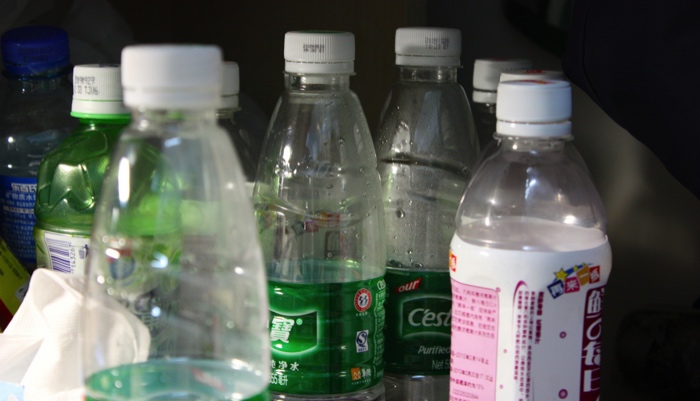
Just about every culture in the world uses some sort of rattle.
And the cool thing about rattles is that they can be made of practically anything from bottle caps or the toenails of goats to dried gourds, paper cups, milk containers, or recycled bottles of any sort.
Making Your Rattle
For this project, you’ll need any cleaned recycled containers and some sort of filling. You can use sand, salt, birdseed, dried peas or beans, gravel, pebbles, dried pasta, marbles, or practically any small dry items. These will generate the sound.
Try filling, refilling, adding, and subtracting from your chosen rattle until you get the sound you like. Smaller fillings will give a softer “whoosh” sound and larger items like macaroni, marbles, or pebbles will give a louder, sharper sound. Play around with what you have on hand to create just the sound you are looking for.
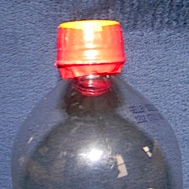 Then… decorate! You can add glitter, beads, small buttons, or confetti to make the inside of your rattle more appealing. You can decorate the outside using paint, paper, stickers, markers, fabric, or even yarn and fabric. Think about what will interest your child, whether that be tactile decorations or high-contrast colors.
Then… decorate! You can add glitter, beads, small buttons, or confetti to make the inside of your rattle more appealing. You can decorate the outside using paint, paper, stickers, markers, fabric, or even yarn and fabric. Think about what will interest your child, whether that be tactile decorations or high-contrast colors.
Last, make sure you seal your rattle with electrical tape in order to keep the smaller pieces from being swallowed. You can also add a handle made from a pipe cleaner or colorful ribbon, if you like.
Playing with Your Rattle
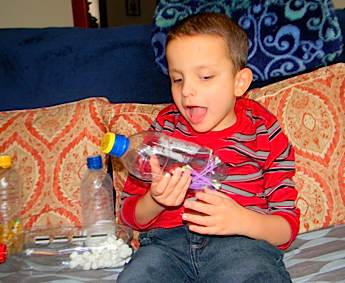 Rattles sound great with any kind of music. Just shake it up and play along. Even small children begin to hear rhythms when playing along with them.
Rattles sound great with any kind of music. Just shake it up and play along. Even small children begin to hear rhythms when playing along with them.
If you make several rattles, your child will begin to hear the difference between each one and it can be fun to explore which sounds work best with different types of music. For instance, a sand rattle sounds great with quiet songs and lullabies. A macaroni rattle can be heard easily while you’re rockin’ out to more upbeat tunes.
If your child has noise sensitivity or is on the Autism/Aspergers spectrum, stick with quieter rattles and allow them to choose what sounds most pleasing to their ears. For autistic children with vision, make sure the contents are visually appealing as they may want to zone into moving colors as well as listen to the repeating sounds they create.
Award-winning children’s performer, Daria (Daria Marmaluk-Hajioannou), has five CDs that have won national honors. She has the most awesome job of traveling the world to sing for kids and peace. Her website, located at dariamusic.com, was given a 2009 Parents Choice Award for its musical and cultural content.
Related Posts
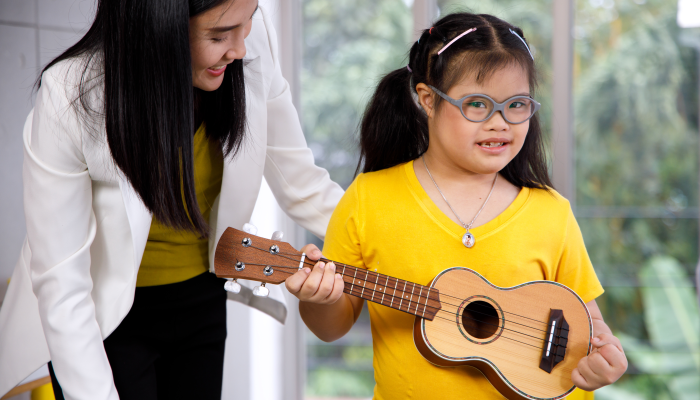
Autism, Music Play
6 Ways Music Therapy Can Support Children With Autism
By harnessing the power of music, autistic children can develop communication, social, emotional, cognitive, and motor skills. Here’s how!
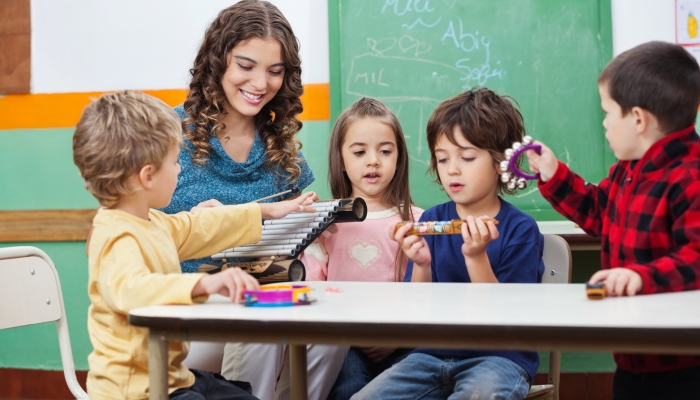
Music Play
Music and Movement: Enhancing Preschool Learning Through Songs
Music and movement activities for preschoolers can help enhance their cognitive skills and brain development while developing social, emotional, and academic skills.
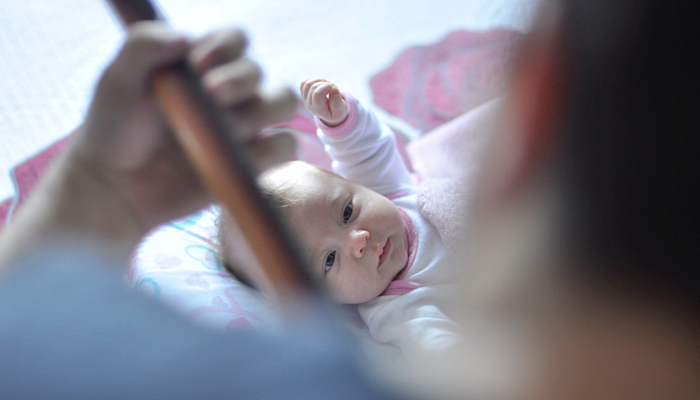
Music Play, Visual Impairment
Why We Love Music Therapy for Our Blind Son
Jennie writes about how her son, Max, responds to music. Other therapies failed Max and often stressed him out, but Music Therapy has been very successful for him!